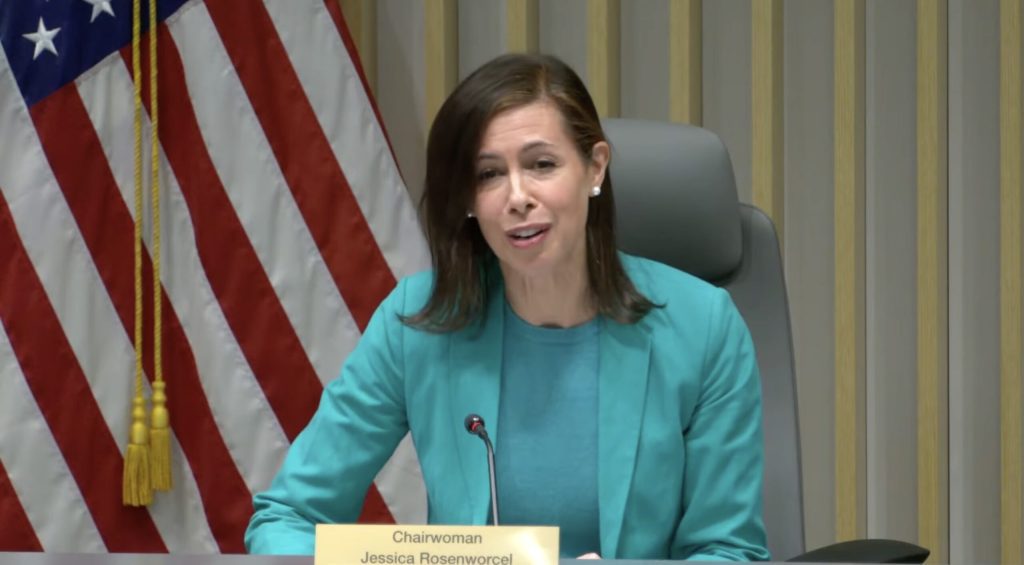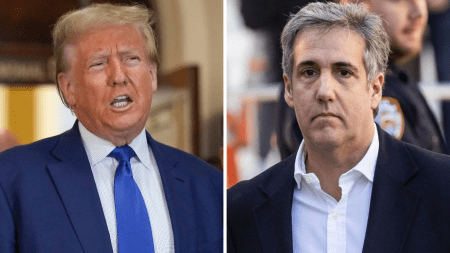U.S. regulators have approved guidelines for SpaceX and other satellite companies to use radio waves from mobile networks to keep smartphone users connected outside cell tower range.
The Federal Communications Commission unanimously voted to support its Supplemental Coverage from Space (SCS) regulatory framework on March 14.
SCS providers would operate as a secondary service to companies providing Mobile Satellite Services (MSS) with conventional frequencies already approved for use from space.
If an SCS operator interferes with an MSS provider or terrestrial telco with primary rights, they would have to stop operations immediately. The SCS regulatory framework also includes protections to prevent interference with astronomy.
The final version of the framework has yet to be made public, but it will be based on the draft the FCC published last month. The framework will become effective after being published in the Federal Register, which could take several weeks.The FCC also voted to consider various additional issues, such as requiring 911 calls and texts to be routed using location-based routing or an emergency call center, through a Notice of Proposed Rulemaking. This rulemaking would be subject to a public comment period.
FCC chair Jessica Rosenworcel mentioned that the framework enables satellite and wireless services to achieve more together than they could individually, making dead zones a thing of the past and providing a backup in space when ground-based systems are destroyed during disasters.
Rosenworcel added that other countries are closely observing the United States' rules for satellite use of terrestrial spectrum to improve nationwide connectivity.
Lynk Global, a Low Earth orbit (LEO) constellation developer, stated that the FCC's approval will support the growth of a market estimated to be worth more than $325 billion.
Lynk Global CEO Charles Miller described the FCC's approval as a positive development demonstrating America's continued role in creating impactful technology.
Omnispace, looking to provide connectivity directly to devices using S-band spectrum already approved for MSS, said it is encouraged by the classification of SCS as a secondary service to companies with a primary allocation like Omnispace.
However, Omnispace chief regulatory and international strategy officer Mindel De La Torre expresses concerns about potential interference from SpaceX, which intends to use T-Mobile spectrum for direct-to-smartphone services in the United States.
It's still early days. According to Apple's latest announcements, the latest iPhones have been using traditional MSS spectrum from Globalstar satellites to connect users outside cellular coverage in the United States and other countries since late 2022, limited to SOS services. Other companies are creating groups of satellites that would provide faster communication like regular text messaging and, in the end, voice and data services.
SpaceX plans to make text services available to existing phones in the United States this year through T-Mobile, with voice and data services expected to be available in 2025.
On Feb. 26, the company made its first post on X (previously Twitter) while testing Starlink broadband satellites in LEO with a direct-to-smartphone capability.
Lynk Global has been allowing occasional texting from three satellites through partnerships with local telcos in parts of the Solomon Islands, Cook Islands, and Palau.
The company recently launched two more satellites to enhance coverage and capabilities, but is still far from the goal of deploying 5,000 in orbit for complete global services.
In February, Lynk Global
agreed to merge
with a publicly traded shell company led by former professional baseball player Alex Rodriguez to raise money for the constellation.
AST SpaceMobile announced in January that it had secured $155 million from Google, AT&T, and Vodafone ahead of plans to deploy its first commercial LEO satellites early this year for a direct-to-smartphone service.
Meanwhile, Omnispace has informed the FCC of its intention to offer early direct-to-smartphone services with 300 of a planned network of over 600 LEO satellites in 2026. U.S. regulators have approved regulations to allow SpaceX and other satellite operators to use radio waves from terrestrial mobile partners to keep smartphone users connected in areas without cell tower coverage. from Google, AT&T, and Vodafone ahead of plans to deploy its first commercial LEO satellites early this year for a direct-to-smartphone service.
Meanwhile, Omnispace has told the FCC it plans to provide early direct-to-smartphone services with 300 of a proposed network of more than 600 LEO satellites in 2026.









